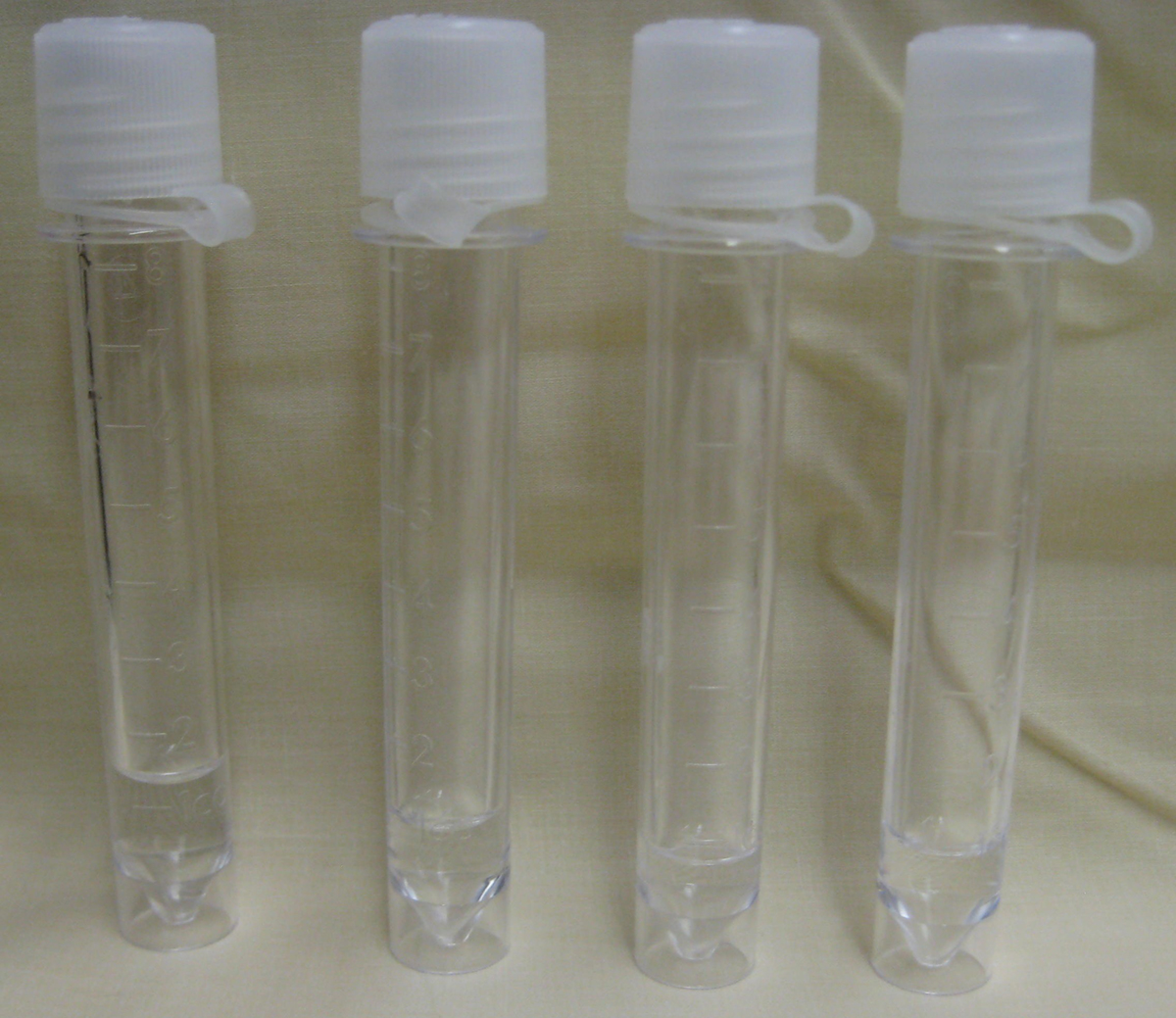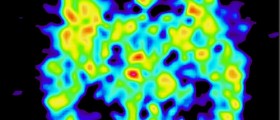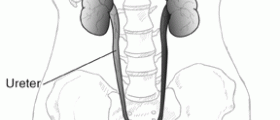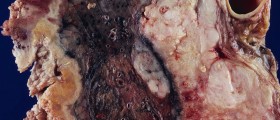
What is Lumboperitoneal Shunt?
Lumboperitoneal (LP) shunt is an artificial connection created by neurosurgeons which allows excess of cerebrospinal fluid to leave the subarachnoid space and enter the peritoneum. From there, the fluid is easily absorbed and eliminated via the circulatory system and the kidneys. The procedure is indicated in neurological disorders characterized by chronic increase in intracranial pressure. Excess of cerebrospinal fluid is, for instance a characteristic of hydrocephalus and benign intracranial hypertension as well as pseudotumor cerebri.
As for categories of shunts, there are many. When it comes to increased intracranial pressure the surgeons basically opt for two types known as cerebral shunts and lumbar shunts. The former collects excess of fluid from the cranium while the latter collects the fluid from the lumbar thecal sac. Cerebral shunts are further classified into ventricular-peritoneal, ventriculo-atrial and ventriculo-pleural shunts. The difference among these is the site of draining which might be the peritoneum, atrium of the heart or the pleura of the lungs. Lumbar shunts are divided into lumbo-peritoneal when the fluid drains into the peritoneum and lumbo subcutaneous shunt when the fluid leaves the subarachnoid space and gets eliminated via the subcutaneous tissues in the lumbar area.
The elements of the shunt are a tube/catheter and specific valves which are adjusted to allow flow of the fluid. The valves that may be used during the placement of the shunt are Delta, medium pressure cylindrical valve, Nulsen and Spitz, anti-siphon and sigma valve.
The surgeon him/herself decides on the composition of the shunt which makes the approach rather individual. The composition of the shunts plays significant role in its efficacy and also determines whether there will be a need for revision or the initial placement will be sufficient and appropriate for the desirable function to be achieved.
The surgery takes place in the operating room. All patients are administered general anesthesia and then turned on their side. The position of the incision is determined and then market. The cuts are made on the spine and abdomen. The surgeon first cuts the skin over the spine and then pushes a needle into cerebrospinal fluid. What follows is insertion of the catheter. The inside of the spine is fed up. Finally, the needle is removed. By doing all the previously mentioned one end of the catheter remains inside cerebrospinal fluid while the other end is free.
The next step is insertion of a metal tunneler under the skin towards the other incision in the abdomen. The catheter will pass through the tube inside this tunneler and eventually reach its final destination - the peritoneum. The tunneler is removed and both ends of the a catheter are stitched to the nearby tissues. These stabilize the catheter and prevent it dislodgement.
The final effect achieved by the surgery is drainage of the excess cerebrospinal fluid from the brain, via the subarachnoid cavity and into the peritoneum where it is going to be easily absorbed, enter systemic circulation and be excreted by the kidneys.
The surgery usually takes several hours. Patients are left with two scars, one on the abdomen and the other, vertical scar, on the lumbar portion of the spine.
The shunts is supposed to remain in its place for the rest of the patient's life. Sometimes there is a need for revision or the shunt needs to be relocated which requires repeated surgeries.
One of the greatest problem regarding the shunt is the inability of doctors to estimate whether the operated individuals may eventually become capable of regulating excess of cerebrospinal fluid and if the shunt, in this case, can be removed.
Side Effects of Lumboperitoneal Shunt
Most patients who have undergone this type of surgery are discharged 4-6 days after the surgery. At that time they are capable of performing most tasks of daily living such as showering and dressing without any additional assistance. Some patients, however, require post-operative rehabilitation.
As far as side effects of lumboperitoneal shunt are concerned, these can be classified into catheter problems, problems of the wounds, systemic medical issues and health problems not connected to the surgery itself.
First of all, the wounds may get easily infected if they are not treated under sterile conditions. This complication is successfully avoided since patients are given antibiotic prophylactically after the surgery. It is also possible for one to develop meningitis, another complications that is death with a course of antibiotics.
Furthermore, the catheter might come out of the abdomen or spine, migrate and sometimes even perforate the skin. There is also a chance of bowel perforation and accompanying peritonitis. And finally, the catheter may get blocked, preventing sufficient draining of cerebrospinal fluid, precipitating recurrent increase in intracranial pressure.
Certain number of patients develop deep vein thrombosis after the surgery and suffer from clotting problems. This particularly refers to patients who remain immobile for longer periods of time and those already prone to blood clotting. This complication might lead to even more complex and potentially lethal one called pulmonary embolism.
In the end, there is a risk of postoperative seizures while some individuals additionally develop certain condition that are not directly connected with the surgery but definitely prolong the hospital stay and require additional treatment. These include urine infections, pneumonia and heart attack.













_f_280x120.jpg)



Your thoughts on this
Loading...